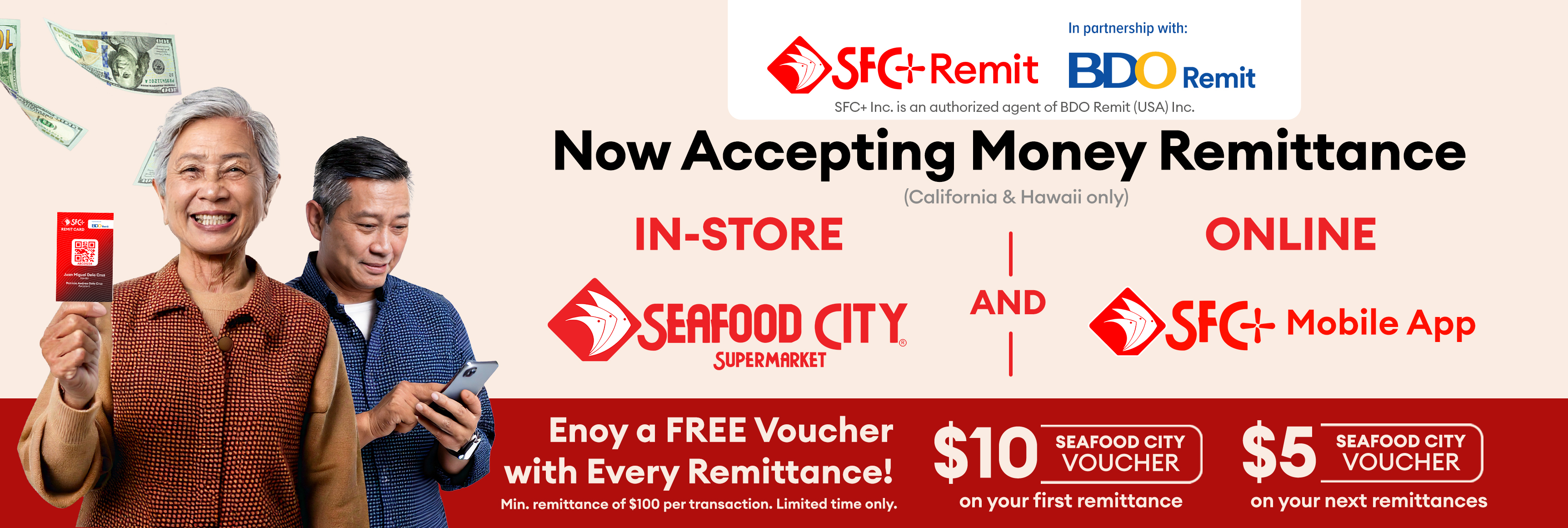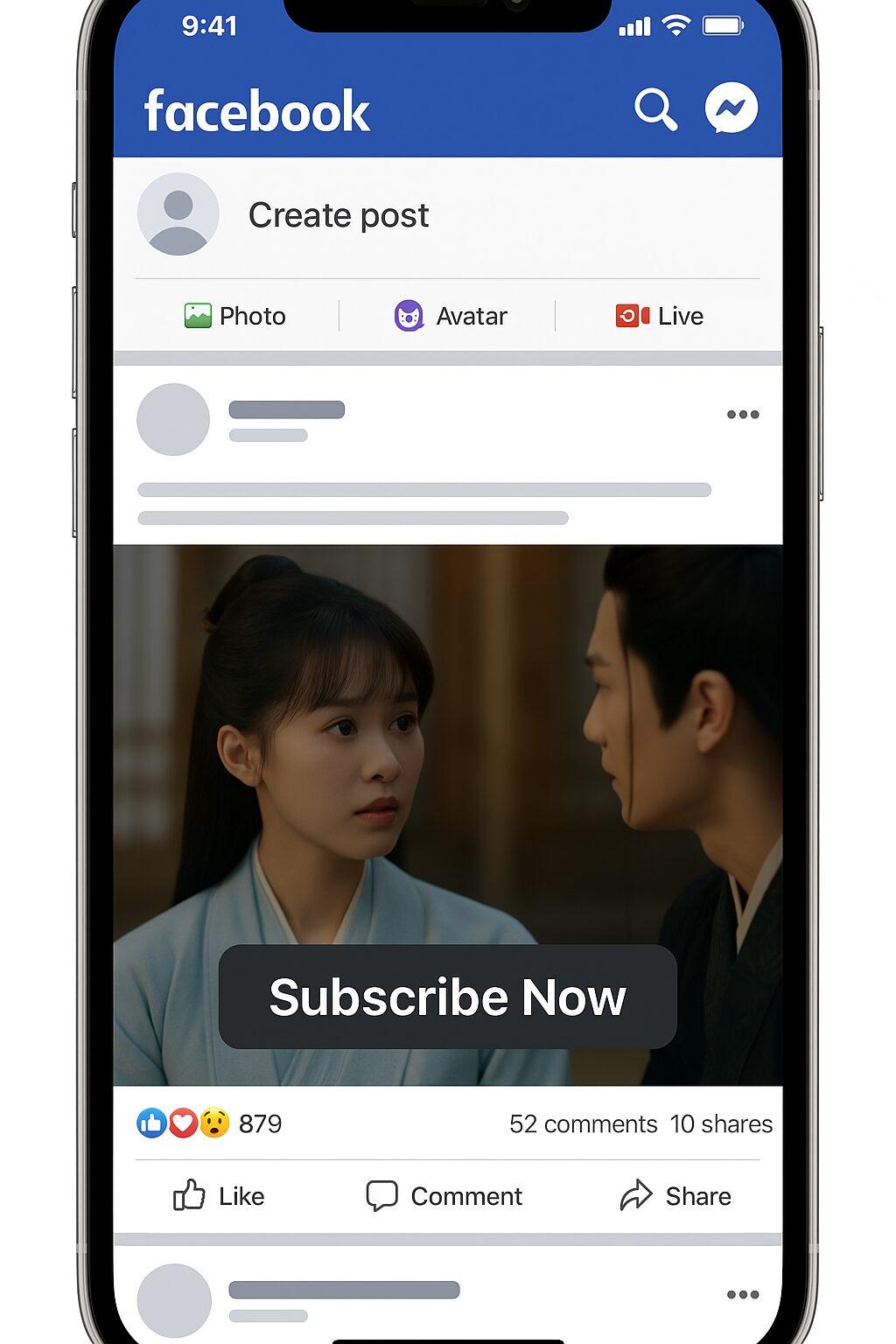If you’re a Filipino with a Facebook account—and let’s be honest, who doesn’t?—you’ve probably experienced this.
You’re casually scrolling after lunch or just before bed when a short video catches your eye: a fiery slap scene from a Chinese drama, or a love confession underscored by dramatic music and subtitles.
It’s intense, emotional—and ends on a cliffhanger. You click. Then another. Suddenly, you’re three episodes deep. Then comes the prompt: “Subscribe to watch the rest.”
Sound familiar?
This “teaser-to-subscribe” model is quietly reshaping how Filipinos discover and consume content. A short, emotional teaser appears on Facebook or Instagram, hooks you in seconds—and nudges you toward a streaming platform. For millions of Filipinos, that leap has become routine.
Why Chinese Dramas?
C-dramas resonate deeply with Filipino viewers because they echo the themes we already love: family tensions, romantic entanglements, revenge arcs, and moral resolutions.
These aren’t new—we grew up with them in our teleseryes. But C-dramas offer familiar storylines with a twist and distinct cultural texture that make them feel fresh and exciting.
Before this C-drama wave, Korean dramas captured the hearts of Filipinos. The early 2000s introduced us to Endless Love, Stairway to Heaven, and Boys Over Flowers—shows that ignited a passion for Asian storytelling.
K-dramas pulled us into stories beyond Western or local formulas, paving the way for future waves of regional content.
The Telenovela Connection
Even earlier, in the late ’90s and early 2000s, Spanish-language telenovelas were the first international dramas to truly capture the Filipino imagination.
Hits like Marimar, Rosalinda, and Maria la del Barrio—all dubbed in Filipino—dominated primetime television and became household names. Their appeal lay in their rags-to-riches plots, fiery love triangles, and dramatic confrontations.
These telenovelas thrived on many of the same elements that define Filipino teleseryes: heightened emotion, strong moral lessons, and characters you root for (or love to hate).
They helped condition Filipino viewers to embrace serialized foreign content, creating fertile ground for future waves of Asian dramas.
C-dramas are now following that legacy—serving up familiar emotional arcs like loyalty, betrayal, and heartbreak, while adding their own flavor, pacing, and visual style.
Thanks to subtitled and dubbed clips that spread like wildfire on Facebook, these dramas cross language barriers with ease. The emotions are universal. Even without understanding Mandarin, you get the message—and you get hooked.
The Accidental Drama Channel
On Netflix or traditional streaming platforms, you choose what to watch. On Facebook or Instagram, the story chooses you.
It starts with one shared clip—just a few minutes long. It ends on a cliffhanger, and the algorithm feeds you another. And another. Soon you’re piecing together a plot, wondering what happens next.
That’s when the prompt appears: “Watch full episodes on…” You click. You sign up. And just like that, a casual scroll becomes a subscription.
Facebook and Instagram aren’t the destination—they’re the on-ramp. The drama lives elsewhere. But the hook? That happens here.
From Curiosity to Commitment
The model is elegant and effective:
- Tease with emotion-packed clips.
- Engage through algorithm-fed repetition.
- Convert with a well-timed call to action.
- Retain through strong storytelling.
For streaming platforms, it’s a dream funnel. And for Filipinos who love stories that hit the heart? Completely irresistible.
Big Business Behind the Cliffhanger
This isn’t just entertainment—it’s big business.
In 2024, China’s micro-drama market generated a staggering ¥50.44 billion (approximately $6.91 billion USD) in revenue, growing by nearly 35% year-on-year and outpacing the annual box office of the country’s traditional film industry (El País).
Leading platforms are reaping the rewards:
- iQIYI reported quarterly revenues of RMB 7.2 billion (around $1 billion USD), with more than half from paid memberships (KrASIA).
- Bilibili, another major player, earned CNY 6.35 billion ($882 million USD) in a single quarter, largely from advertising and livestreaming services (Wall Street Journal).
The global surge in Chinese short dramas has been remarkable. In the first half of 2024, overseas revenues for Chinese short drama platforms surpassed ¥2.3 billion (over $300 million USD) and were projected to exceed ¥4 billion (over $500 million USD) by year-end.
Notably, the U.S. emerged as a key market, contributing approximately $151 million by August 2024, accounting for 64.8% of total overseas income. These figures underscore the expanding global footprint and commercial success of Chinese short dramas.
These numbers confirm what every sleepless binge-watcher has long suspected: those cliffhangers aren’t just addictive—they’re worth billions.
Wattpad: The Original Hook Machine
Long before C-drama clips flooded our feeds, Wattpad had already trained Filipinos to love serialized storytelling. Free chapters built emotional momentum. Paid unlocks followed. Readers happily paid to find out what happened next.
Wattpad love stories like She’s Dating the Gangster and Diary ng Panget (Diary of an Ugly Girl) became mainstream hits. They proved that once Filipinos are emotionally invested, they’ll follow a story anywhere—from app to cinema to print.
The Power of “Share Mo Naman!” (Share it, please!)
What fuels this model isn’t just smart algorithms—it’s Filipino culture. We love to share. One gripping clip gets posted.
Someone comments “GRABE!” (OMG!), tags a friend, or asks “Anong title nito?” (What’s the title of this?) Others join in with “Saan mapapanood ’to?” (Where can I watch this?)—and suddenly, the video has gone viral.
This community-driven discovery turns ordinary viewers into active promoters—and streaming platforms benefit without spending much on advertising. The emotional engine is already built in.
Why It Works for Us
Filipinos don’t just consume content—we connect to it. We cry with the characters, cheer for the underdog, and seek justice in a plot twist. It’s not about where the drama comes from—it’s about how it makes us feel.
That’s why this model works so well here. We don’t need a full trailer or an entire pilot episode. A slap, a stare, or a single sob is often enough. If it pulls at our heartstrings, we’re in.
A New “Teleserye” Tradition
Filipinos have always been storytellers and story-consumers at heart. From the age-old practice of kuwentuhan (sharing stories or chatting) in barangays (villages or neighborhoods), to radio dramas, to TV soaps and Wattpad fiction—we’ve just found a new medium in Facebook teasers to feed that appetite.
What’s remarkable is how this trend bridges generations and geographies.
Your tech-savvy teenage cousin, your OFW (Overseas Filipino Worker) uncle in Qatar, and your retired mom can all end up talking about the same Chinese drama they stumbled upon on social media.
It’s a shared cultural moment born from the unlikely collision of social media, streaming platforms—and a little old-fashioned melodrama.
This “teaser-to-subscribe” phenomenon may have started quietly, but it shows no signs of slowing down. It’s turned Facebook into a launchpad for global content, and Filipinos into global viewers—often without even realizing it.
Thai, Turkish, and other international series may soon follow the same playbook. Local Filipino producers are surely paying attention, too—snackable teasers could reignite interest in homegrown stories.
As we scroll deeper into the digital era, one thing is certain: basta maganda ang kwento (as long as the story is good), Filipinos will follow it anywhere.
Today, it might be a click from Facebook or Instagram for a Chinese drama.
Tomorrow, it could be a new platform or format. The tools may change—but our love for kilig (romantic excitement), intrigue, and drama remains constant.
So the next time a teaser keeps you up and you end up subscribing at 1 AM, just know: you’re not alone. It’s a viewing habit that’s quickly catching on among Filipinos.






